Mary Shelleys Frankenstein (film)
5.6 /10 1 Votes
39% Rotten Tomatoes Adapted from Frankenstein Duration Language English | 6.4/10 IMDb 2.5/4 Roger Ebert Genre Drama, Horror, Romance Country United StatesJapan | |||||||||||||||||||||||||||||||||
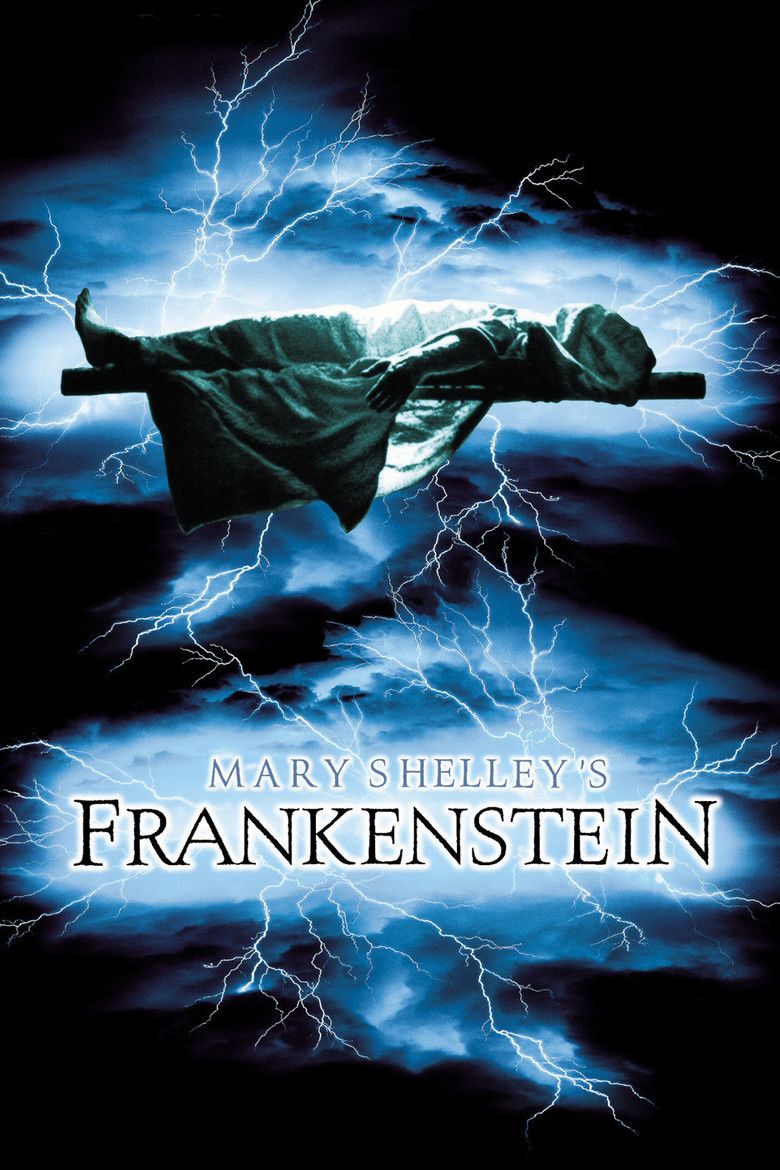 | ||||||||||||||||||||||||||||||||||
Release date November 4, 1994 (1994-11-04) Initial release November 4, 1994 (United Kingdom, USA) Genres Horror, Science Fiction, Drama, Thriller, Romance Film Cast (The Creature), (Victor Frankenstein), (Henry Clerval), (Elizabeth), (Cap. Robert Walton), (Baron Frankenstein) Similar movies Hotel Transylvania 2 , Jurassic World , Dracula Untold , Dracula vs. Frankenstein , Hotel Transylvania , Back to the Future Tagline Be Warned. It's Alive | ||||||||||||||||||||||||||||||||||
Mary shelley s frankenstein 1994 trailer
Mary Shelley's Frankenstein is a 1994 horror drama film directed by Kenneth Branagh and starring Robert De Niro, Kenneth Branagh, Tom Hulce, Helena Bonham Carter, Ian Holm, John Cleese, and Aidan Quinn. The picture was produced on a budget of $45 million and is considered the most faithful film adaptation of Mary Shelley's novel Frankenstein; or, The Modern Prometheus, despite several differences and additions in plot from the novel.
Contents
- Mary shelley s frankenstein 1994 trailer
- Mary shelley s frankenstein 1994 bride elizabeth
- Plot
- Frank Darabont
- Critical response
- Box office
- References
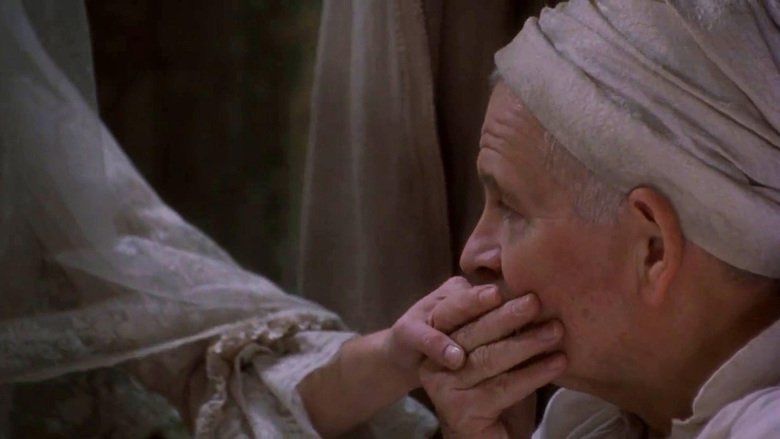
Mary shelley s frankenstein 1994 bride elizabeth
Plot

In 1794, Captain Walton leads a troubled expedition to reach the North Pole. While their ship is trapped in the ice of the Arctic Sea, the crew discovers a man, Victor Frankenstein, traveling across the Arctic on his own. Victor proceeds to tell Walton and the crew his life story.
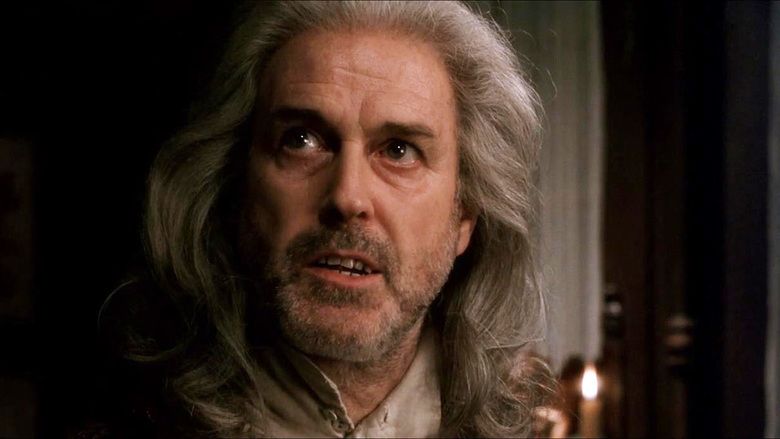
Victor grows up in Geneva with his adopted sister, Elizabeth Lavenza, who will become the love of his life. Before he leaves for the university at Ingolstadt, Victor's mother dies giving birth to his brother William. Traumatized by grief afterward, Victor vows on his mother's grave that he will find a way to conquer death.
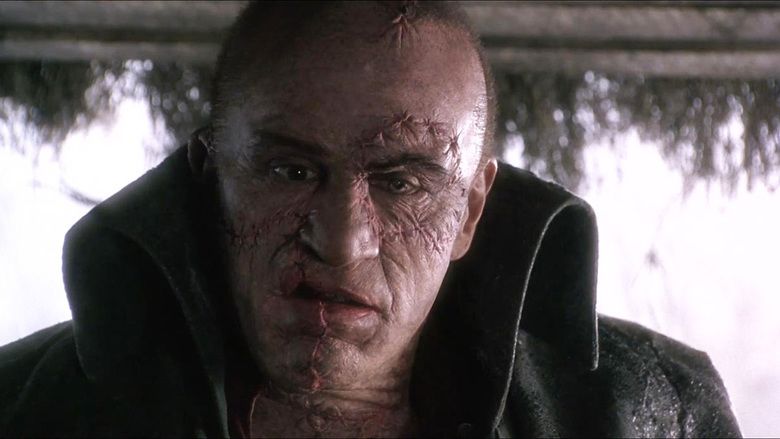
At university, Victor's interest in the works of alchemists make him unpopular with professors. He finds a friend in Henry Clerval and a mentor in Professor Waldman. Victor comes to believe that the only way to cheat death is to create life. Professor Waldman warns Victor not to follow through with his theory; he tested it once, but ended his experiments because they resulted in an "abomination."

While performing vaccinations, Waldman is murdered by a patient, who is later hanged in the village square. Victor breaks into Waldman's laboratory, takes his notes, and begins to work on a creation. Victor gives his creature dead body parts from various sources, including the body of Waldman's murderer and Waldman's own brain. He is so obsessed with his work that not even a cholera outbreak tears him from it. Victor finally gives his creation life, but he recoils from it in horror and renounces his experiments.
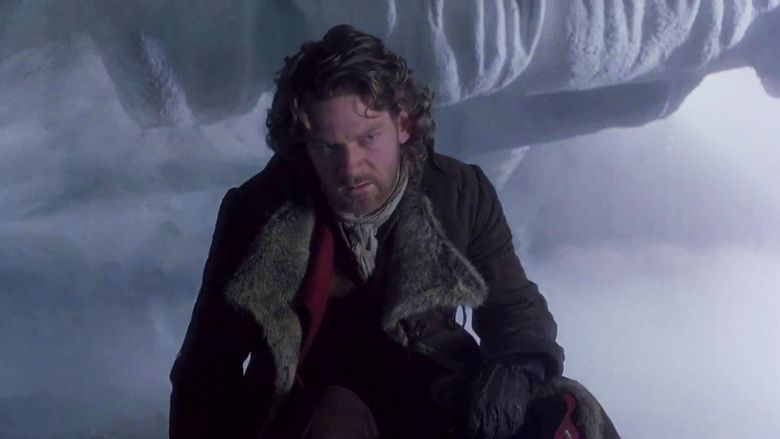
The creature escapes, running off to the wilderness with Victor's coat which contains Victor's journal. He spends months living in a family's barn without their knowledge, gradually learning to read and speak. He attempts to earn the family's trust by anonymously helping them with their failing farm, and eventually converses with the patriarch, an elderly blind man, after aiding him and his granddaughter against violent debt collectors. But when the blind man's family returns, they mistakenly think the creature committed the assaults against the patriarch and granddaughter, and chase the creature away and abandon the cottage. The creature reads Victor's journal, learning of the circumstances of his creation. He vows revenge on his creator.
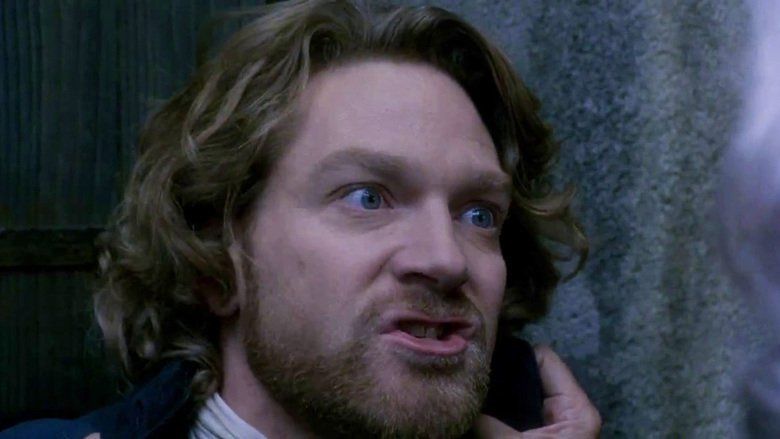
Victor, who believes the creature has died of cholera, returns to Geneva to marry Elizabeth. He finds his younger brother William has been murdered. Justine, a servant of the Frankenstein household, is framed for the crime by the creature and hanged by a lynch mob.
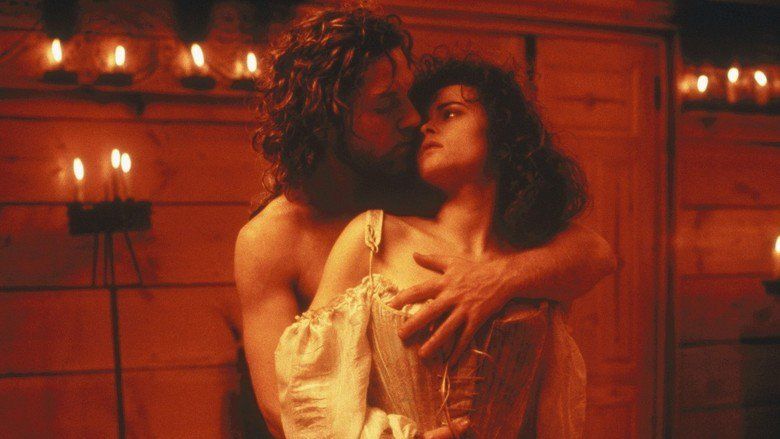
Victor is approached by his creation demanding that Victor make a companion for him, promising that if Victor does, he will disappear with his mate. Victor begins gathering the tools he used to create life, but when the creature insists he use Justine's body to make the companion, Victor breaks his promise and the creature vows revenge.
Victor and Elizabeth are married. Shortly after, unknown to them, the creature silently kills Baron Frankenstein in his own bedroom. Victor takes every precaution to defend his wife on their honeymoon, but the creature gains access to their bedroom and tears out Elizabeth's heart, killing her.
Maddened with grief beyond measure, Victor races home to bring Elizabeth back to life. He stitches Elizabeth's head onto Justine's fully intact body, and she awakes as a re-animated creature. The two are briefly and happily reunited until the creature appears. Victor and the monster fight for Elizabeth's affections, but Elizabeth, horrified by what she has become, commits suicide by setting herself on fire, burning the mansion to the ground.
The story returns to the Arctic Circle. Victor tells Walton that he has been pursuing his creation for months to kill him. Soon after relating his story, Victor dies from pneumonia. Walton discovers the creature weeping over Victor's body. The crew prepares a funeral pyre for Victor, but the ceremony is interrupted when the ice around the ship cracks. Walton invites the creature to stay with the ship, but the creature insists on remaining with the pyre. He takes the torch and burns himself alive with Victor's body. Walton, having seen the consequences of Victor's obsession, puts his own obsession aside and orders the ship to return home.
Frank Darabont
Original screenwriter Frank Darabont later called the film "the best script I ever wrote and the worst movie I’ve ever seen." He elaborated:
There’s a weird doppleganger effect when I watch the movie. It’s kind of like the movie I wrote, but not at all like the movie I wrote. It has no patience for subtlety. It has no patience for the quiet moments. It has no patience period. It’s big and loud and blunt and rephrased by the director at every possible turn. Cumulatively, the effect was a totally different movie. I don’t know why Branagh needed to make this big, loud film…the material was subtle. Shelley’s book was way out there in a lot of ways, but it’s also very subtle. I don’t know why it had to be this operatic attempt at filmmaking. Shelley’s book is not operatic, it whispers at you a lot. The movie was a bad one. That was my Waterloo. That’s where I really got my ass kicked most as a screenwriter... [Branagh] really took the brunt of the blame for that film, which was appropriate. That movie was his vision entirely. If you love that movie you can throw all your roses at Ken Branagh’s feet. If you hated it, throw your spears there too, because that was his movie.
Critical response
Critical reviews were mixed; the film currently holds a 39% "Rotten" rating on Rotten Tomatoes based on 41 reviews with the consensus: "Mary Shelley's Frankenstein is ambitious and visually striking, but the overwrought tone and lack of scares make for a tonally inconsistent experience".
Roger Ebert gave the film two and a half stars out of four, writing: "I admired the scenes with De Niro [as the Creature] so much I'm tempted to give Mary Shelley's Frankenstein a favorable verdict. But it's a near miss. The Creature is on target, but the rest of the film is so frantic, so manic, it doesn't pause to be sure its effects are registered." Janet Maslin wrote, "Branagh is in over his head. He displays neither the technical finesse to handle a big, visually ambitious film nor the insight to develop a stirring new version of this story. Instead, this is a bland, no-fault Frankenstein for the '90s, short on villainy but loaded with the tragically misunderstood. Even the Creature (Robert De Niro), an aesthetically challenged loner with a father who rejected him, would make a dandy guest on any daytime television talk show."
Conversely, James Berardinelli of Reelviews.net gave the film three out of four stars, writing: "Mary Shelley's Frankenstein may not be the definitive version of the 1818 novel, and the director likely attempted more than is practical for a two-hour film, but overambition is preferable to the alternative, especially if it results—as in this case—in something more substantial than Hollywood's typical, fitfully entertaining fluff."
Box office
The film fared poorly upon its U.S. theatrical release, grossing only $22 million, but did well in global markets where it grossed $90 million.
References
Mary Shelley's Frankenstein (film) WikipediaMary Shelleys Frankenstein (film) IMDbMary Shelleys Frankenstein (film) Rotten TomatoesMary Shelleys Frankenstein (film) Roger EbertMary Shelleys Frankenstein (film) themoviedb.org
